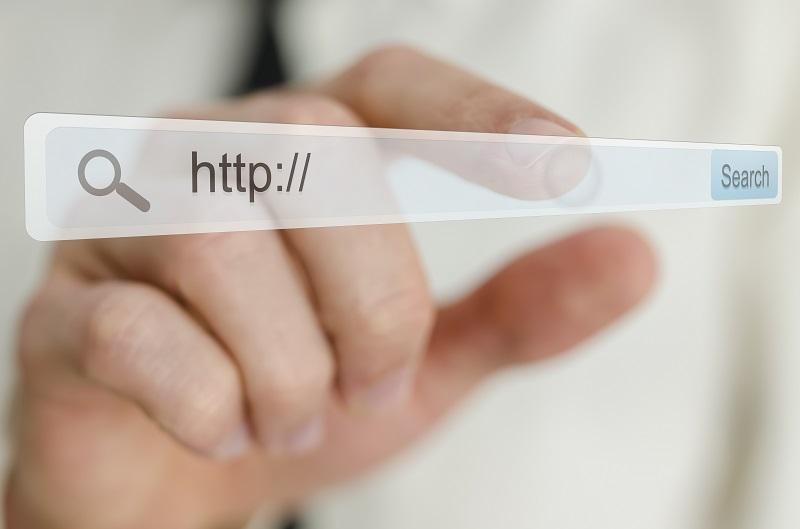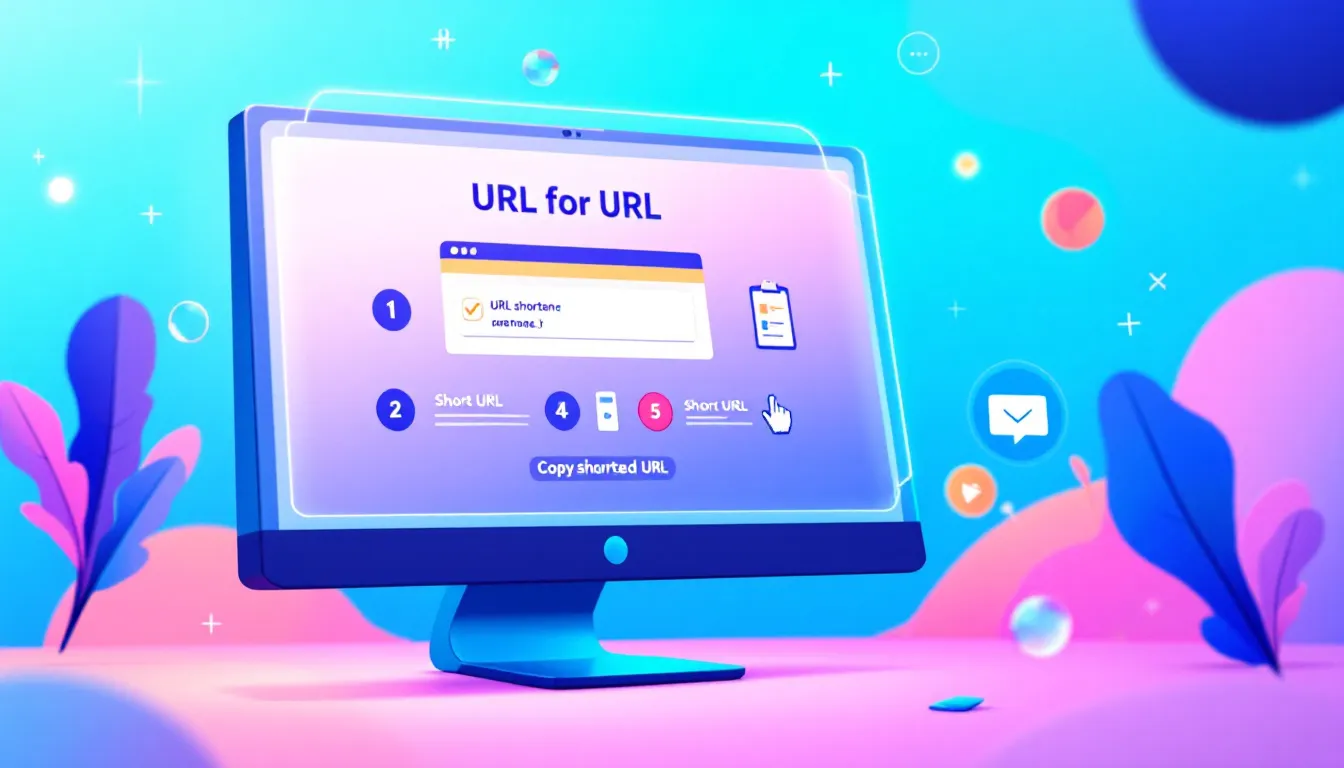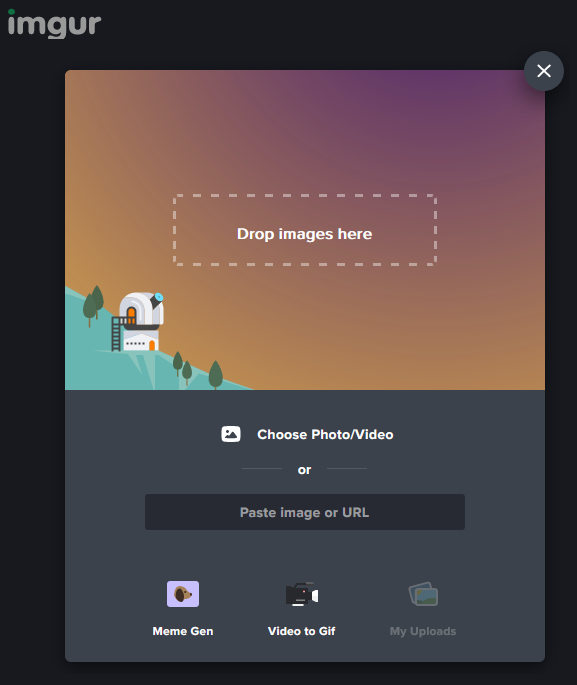How to Create a URL for an Image on Your Computer
| April 21, 2023

Need to share an image online? Here’s a quick guide on how to create a URL for an image using various platforms.
Key Takeaways
- An image URL is essential for easy access and sharing of images online, enabling both personal and professional use.
- Choosing the right image hosting platform impacts organization, privacy, and feature access; free platforms are good for casual use, while paid options cater to professional needs.
- Creating an image URL typically involves uploading the image to a platform, copying the generated URL, and sharing it; methods differ slightly across platforms like Imgur, Google Drive, and Dropbox.
- For businesses, using Digital Asset Management (DAM) systems can streamline this process by providing organized storage and secure URL generation for extensive image collections.
Understanding Image URLs

An image URL is essentially the internet location of a particular image, acting as its unique identifier within the immense digital world. This address enables you to effortlessly access and distribute the image across different platforms. Whether it’s for spreading a humorous meme amongst peers or presenting your newest product offering, having an image address simplifies this exchange. The significance of these URLs extends beyond mere convenience. They are crucial for business applications as well, allowing companies to efficiently disseminate visual content in their advertising efforts.
To generate an image URL, one must first upload their desired imagery onto a service that facilitates direct linking capabilities. Following this uploading process, said service will provide you with a distinctive URL linked specifically to your uploaded content, ready for sharing or embedding according to your needs.
Engaging in this procedure is fundamental not only from an individual standpoint but also from a corporate perspective—it guarantees prompt and reliable retrieval of images crucial for marketing strategies and communication purposes.
Selecting the Right Image Hosting Platform
Choosing the right image hosting platform is essential for generating image URLs. The platform you pick will affect how easily you can upload, access, and disseminate your images. With a wide array of platforms available, each with its own set of unique features and advantages, it’s critical to choose one that meets your specific requirements.
Various platforms provide their services at no cost. Others require payment yet offer more sophisticated functionalities along with superior privacy measures. Free services are suitable for informal sharing, but typically lack comprehensive privacy options. Conversely, paid services deliver augmented security as well as extra capabilities which suit professional demands better.
To assist in making an educated choice between these alternatives, let’s examine both free and paid options closely.
Free Platforms
Platforms such as Imgur and PostImage offer user-friendly, free image hosting services. For instance, Imgur enables rapid image uploads without the necessity for users to create an account, which is ideal for effortless sharing. It’s a widely accessible platform that simplifies the process of creating URLs for images.
Similarly, PostImage allows unlimited storage capacity for uploaded images, but does not include advanced features like tagging or elaborate organization systems. These platforms are optimal when speed and convenience are prioritized over creating an account just to share an image.
Nevertheless, these services might not cater well to those needing greater management capabilities regarding their images’ privacy and organizational structure. Despite this shortfall in functionality, the ease of access and simplicity offered by these free platforms make them a prominent choice among numerous individuals.
Paid Platforms

Platforms for hosting images that require payment, such as SmugMug and 500px, are designed to serve users who desire sophisticated capabilities and stringent privacy measures. SmugMug offers a wealth of storage choices and specialized functionalities aimed at professional photographers, including unlimited space for photos, potent e-commerce options for marketing prints, and extensive personalization features to showcase images in high quality.
Conversely, 500px emphasizes the distribution of top-quality images while providing photographers the opportunity to market their creations on a royalty-free basis—making it an ideal platform for professionals. Enhanced privacy settings offered by both platforms enable individuals to limit access to their photographs thereby safeguarding any confidential material.
Despite necessitating a financial outlay, these services provide advanced attributes along with heightened security which substantiate the expense incurred by professionals seeking their use.
Steps to Create an Image URL on Different Platforms
Creating an image URL involves a few straightforward steps, which can vary slightly depending on the platform you choose. Here’s a listicle to guide you through the process on different platforms:
- Upload Your Image: Start by uploading your image to a hosting platform. This could be Imgur, Google Drive, Dropbox, or any other service that supports image hosting.
- Copy the Image Address: Once your image is uploaded, locate the URL or image address provided by the platform. This URL will serve as the direct link to your image.
- Share the URL: With the URL copied, you can now share it as needed, whether for personal use, social media, or embedding in web content.
Using Imgur

- Step 1: Visit the Imgur website.
- Step 2: Click on ‘New Post’ and upload your image by dragging it into the window or selecting a file from your computer.
- Step 3: After uploading, find the URL under ‘Direct Link’ and copy it for sharing.
Using Google Drive
- Step 1: Log into your Google account and upload the image to Google Drive.
- Step 2: Right-click the image file and select ‘Get link.’
- Step 3: Adjust the link sharing settings to ‘Anyone with the link’ for easy access, then copy the shareable URL.
Using Dropbox
- Step 1: Log into your Dropbox account and upload the image.
- Step 2: Click the ‘Share’ button next to the file.
- Step 3: Copy the generated link, then modify it from ‘www.dropbox.com’ to ‘dl.dropboxusercontent.com’ to create a direct URL.
These methods ensure you can generate and share image URLs efficiently, catering to different needs and preferences across platforms.
Creating Image URLs for Business Projects

Businesses need more than just the ability to share when it comes to creating image URLs. They rely on Digital Asset Management (DAM) systems and web servers, which offer powerful tools for handling extensive collections of images and producing secure URLs. These solutions enhance workflow efficiency by simplifying the organization and access of these assets.
Methods for Creating Image URLs in Business
- Digital Asset Management (DAM) Systems:
- Upload images to the DAM system.
- Set up access permissions for the images.
- Generate image URLs using the system’s sharing capabilities.
DAM systems improve the security of creating image URLs by offering regulated entry points and comprehensive control over extensive collections of images. This guarantees that only those with permission have visibility to the pictures housed within your digital assets repository, thus adding a reinforced tier of protection.
- Web Servers:
- Upload images to a web server that supports direct linking.
- Store images in directories open to public access.
- Combine the server’s domain name with the image file path to create a direct link.
This approach is particularly reliable for companies that manage their own web properties and are in search of tailored options. Web servers present a potent solution for generating URLs of images intended for business ventures, providing comprehensive command over both image files and their respective links while guaranteeing they remain accessible yet secure.
Sharing Image URLs on Social Media

By streamlining the embedding process and augmenting visual appeal, sharing image URLs on social platforms can significantly enhance engagement. The use of superior quality images serves to elevate interaction levels, thereby rendering posts more captivating.
Utilizing shortened URLs can render links more attractive and facilitate their dissemination across social media channels. Employing high-quality images bolsters the likelihood that your posts will garner attention, be shared widely, and receive clicks—thereby amplifying your visibility on social media networks.
Customizing Image Links with HTML

HTML customization of image links provides the ability to dictate both the appearance and behavior of images on web pages. To create an image link, encase the < img> tag within an < a> tag, ensuring that the href attribute defines the URL.
In order to manage where a linked document will open—like opening in a new tab—the target attribute should be utilized within the <a> tag. Employing CSS allows for styling improvements of these image links, which can make your web pages not only look better but also more intuitive for users.
Privacy Settings and Cost Implications
Take into account elements such as the user-friendliness of the platform, how simple it is to upload images, and options for arranging and disseminating photos when selecting an image hosting service. Measure your particular needs in relation to the diverse functionalities, storage space allowances, and cost structures presented by various platforms.
Services that host images at no charge commonly impose restrictions that may include a decrease in storage space or diminished quality of image resolution. Conversely, subscription-based services tend to provide advantages like enhanced upload quality, superior customer assistance, and extra provisions for privacy.
By considering these aspects carefully, you can arrive at a well-informed choice that aligns with both your requirements and financial plan.
Summary
Producing URLs for images is an uncomplicated but effective method for distributing pictures on the internet. The process, which consists of uploading, copying and sharing, remains consistent whether you opt for no-cost or subscription-based services. Companies can utilize sophisticated mechanisms such as Digital Asset Management systems (DAMs) and web servers to reliably and safely manage their content. It’s important to grasp the privacy considerations and financial aspects associated with various platforms in order to select the most appropriate one for your requirements. Becoming adept at generating image URLs can greatly improve your online marketing strategies and digital interactions.
Frequently Asked Questions
What is an image URL?
An image URL is simply a web address that points to a specific image online, enabling straightforward access and sharing.
How do I create an image URL on Imgur?
To create an image URL on Imgur, upload your image and copy the direct link found in the ‘Direct Link’ section.
This will give you a usable URL for your image.
Are free image hosting platforms secure?
Free image hosting platforms are generally less secure due to limited privacy settings, so consider using paid options for better security and control over your images.
What are the benefits of using a DAM system for image URLs?
Using a DAM system for image URLs enhances storage efficiency, ensures organized management, and provides secure URL creation, making it an invaluable tool for businesses with extensive image collections.
How can I share an image URL on social media?
To post an image on social media by using its URL, just copy the image’s URL and then paste it into your social media message. Consider shortening the URL to make it more attractive.
